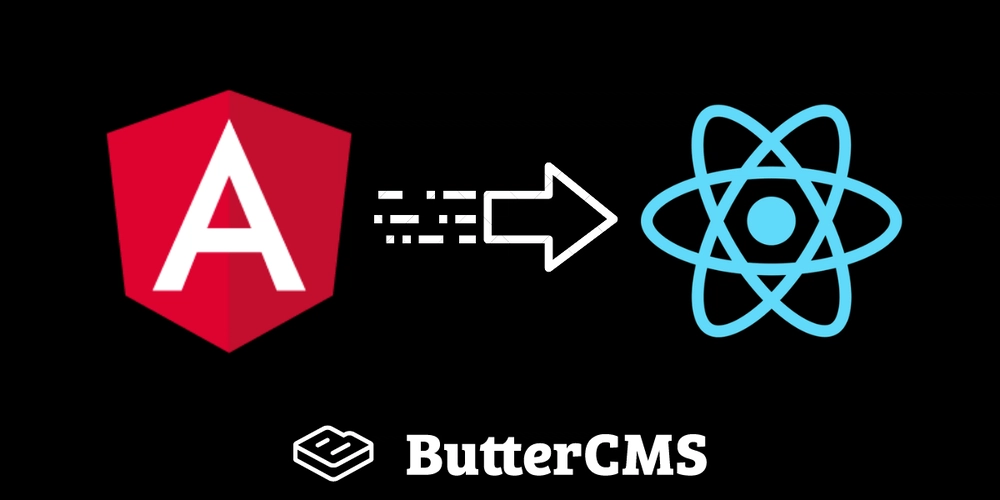Dev
3w
153

Image Credit: Dev
Migrating from AngularJS to React
- In 2018, faced with AngularJS entering LTS, a software dev team chose to migrate to React for better support and performance.
- Migrating to React offered advantages like speed, smaller bundle size, flexibility, JSX syntax, and unidirectional data flows.
- Challenges of migration include choosing helper libraries, migrating logic to microservices, and keeping up with React advancements.
- Considerations before migration include evaluating resources, necessity, and having a well-defined plan.
- Migration options range from complete rewrite to migrating part by part, with challenges and benefits in each approach.
- Benefits of migrating to React include version migration ease, React Native compatibility, better SEO, ongoing framework advancement, and availability of React-skilled developers.
- Steps to migrate from AngularJS to React involve outlining pros and cons, assessing risks, diagramming new architecture, building a proof-of-concept, deciding migration phases, and transitioning Angular components to React.
- A real-life example of migrating from AngularJS to React took a development team 3 years, with challenges in logic extraction, slower progress than expected, and successful shutdown of the old AngularJS app.
- Rewriting an application in a new framework requires careful planning and adaptation, but successful migrations are feasible with a comprehensive approach.
Read Full Article
9 Likes
For uninterrupted reading, download the app